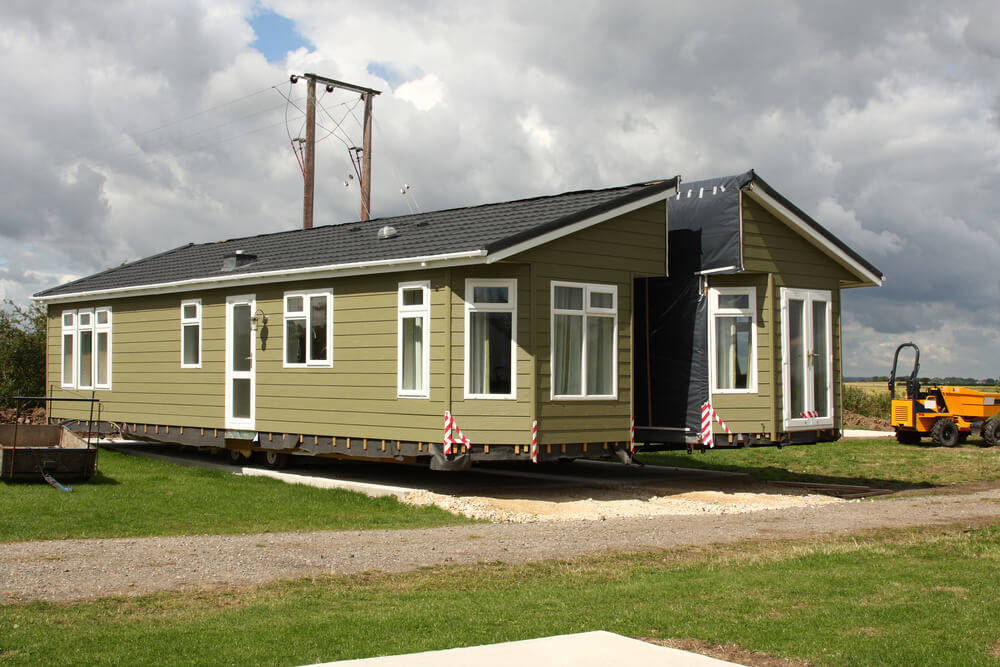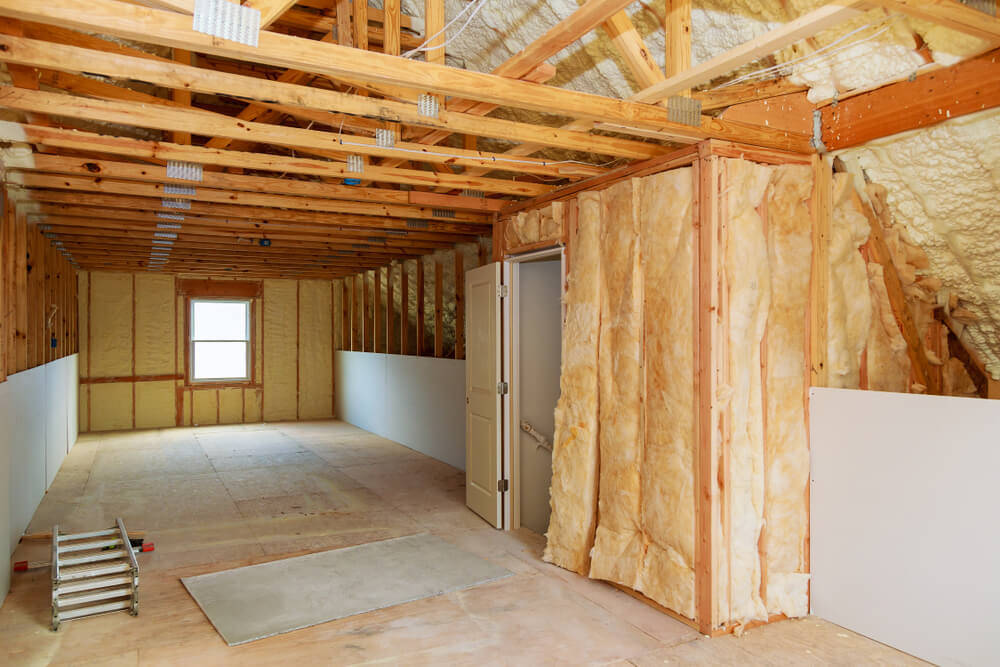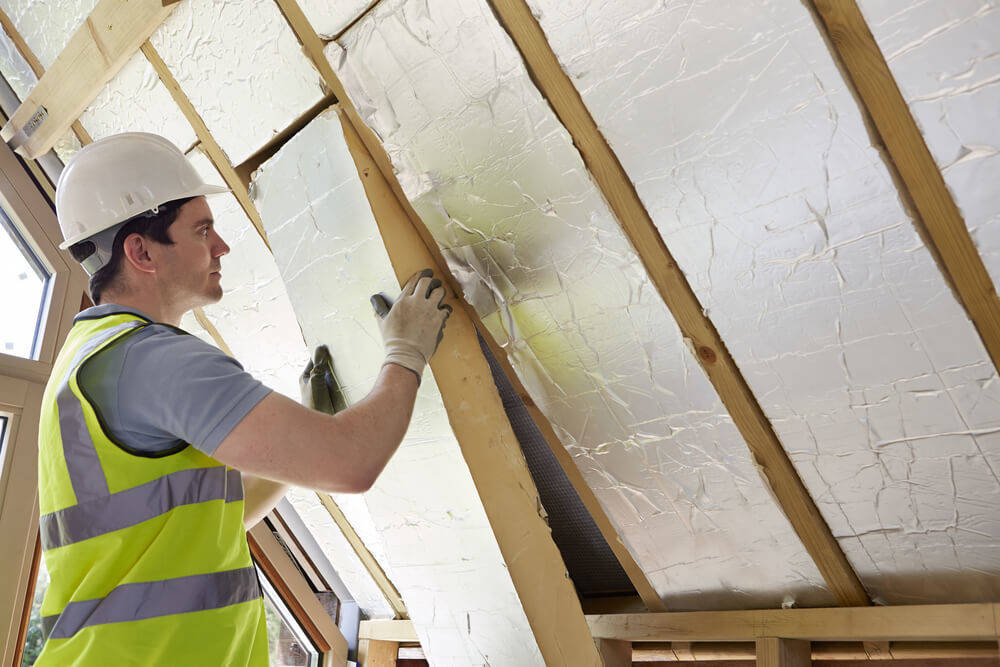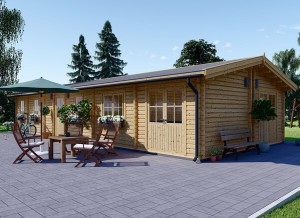Mobile homes are a kind of prefabricated, manufactured dwelling that many people choose for their lower cost, customizability, ease of upkeep and other elements that make it a better option for some families when compared to other houses. But just because the upkeep is easier doesn’t mean there isn’t anything to worry about. Especially once winter comes along.

Here are some things everyone needs to know about caring for their mobile home’s plumbing in the colder months.
Your Pipes Can Freeze In a Mobile Home
This is one of the biggest issues that plumbers get called in for every year. The average plumbing professional in a cold climate will take on as many as several hundred calls on frozen pipes in a single year and it is always a massive headache for the homeowners to deal with.
It isn’t the freezing that causes the most havoc, however. It is the burst pipes that are often the consequence of those freezing pipes. When this happens it can cost a lot to fix, with $400 on the low end and as much as $2000 on the high. The best thing to do is make sure it never reaches that point to begin with.
Manufactured Homes Can Be More Prone To Pipe Freezing
Unfortunately, mobile homes are very prone to pipes freezing because they are smaller and have thinner materials making up their walls and foundation. The process of making sure your mobile home stays protected is different than in a stationary home, as well.

First, you want to check whether your mobile home (click here) has a laid foundation, or skirting (more common). If skirting, you need to climb under the house before the snow hits and check around the outside to make sure there are no damaged areas. The skirting blocks cold air and wind from pushing in to your home, which can go directly to the pipes under the floors.
Next, get a roll of electrical tape and find any accessible pipes that you can easily reach. Wrap the tape around the entirely, which creates an insulated layer that protects a bit from the cold.
Finally, turn on your faucet at night, just enough that it drips a bit. If you are planning on going out of town, be sure you leave the drip going. This keeps the water flowing and reduces stationary water which can turn into ice.
Insulation Is Important
Insulation is one of the single most critical things to consider when winterizing your home. But it is also a way to reduce energy costs and keep you and your family more comfortable all year long. Insulation traps in the air you are generating through a heating or cooling system and keeps the outside air from coming in.
You probably have no control over insulation from a building point of view because your mobile home is prefabricated. But you can buy insulation that you attach to the inside of your house that helps do the same thing and will fortify your home against winter plumbing issues.

If you are more dedicated to the task you can install insulation inside the walls but it would be a major project better suited for the warmer months.
Sealing Is a Cheap Way To Prevent Issues
Want another way to protect your pipes while also keeping warm? Then you may want to consider weather stripping or basic sealing. You can find kits in any hardware store with instructions on how to seal the windows and doors where you will probably find a draft. But if you want to go the cheaper route, electrical tape is surprisingly efficient at the task.
Keep in mind that electrical tape is not a permanent solution and will have to be changed out regularly and replaced. Also, it isn’t pretty...you may have to paint over it each time you put on new tape, which could be as often as three or four times a year.
In the end, a kit is going to be more effective and less work.
Your Roof Still Counts
Did you know your roof can be a major source of cold air coming in and heat escaping? When this happens, it affects the entire house right down to the pipes. So it may be time to consider roof installation, including snap on tiles that you can quickly and cheaply install over the current ones.

For more expansive damage you may need to consider replacing your roof.
So Does Your Floor
A lot of people make the assumption that heated floors can’t be installed in mobile homes. But they can! Thermal floors in particular are easy and inexpensive to install. They heat the floors so that pipes never freeze over and water keeps flowing even if you don’t let your taps drip. That isn’t all, however...you will love the toasty feeling on your toes when you wake up on even the coldest mornings.
Most tiles cost between $6 and $10 per square foot, including labor. Those with more DIY knowledge may be able to install them for cheaper if they do it themselves. Just keep in mind that if they are installed incorrectly it can cause a whole new set of headaches. So if you have never done a similar project before, consider putting in the investment to hire professionals.
Hiring Someone To Winterize For You
Speaking of hiring a professional, you can get a plumber to come in and do a full winterization for you within a matter of hours. This usually comes out to around $400, on average. That might seem steep, but take into consideration the cost of a burst pipe. People will commonly between between $900 and $2000 by the time they repair all the damage and that doesn’t account for the lost time, access to water and the stress of getting it fixed.

It is better to prevent the damage from ever occurring in the first place, especially when you consider the fact that all of this would be happening in the dead of winter and plumbers are going to charge more if they have to climb under your house in the cold.




